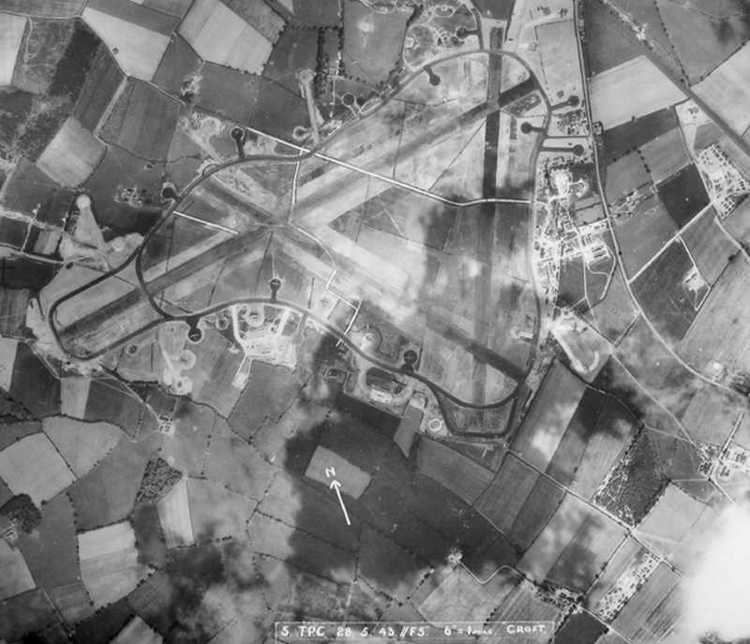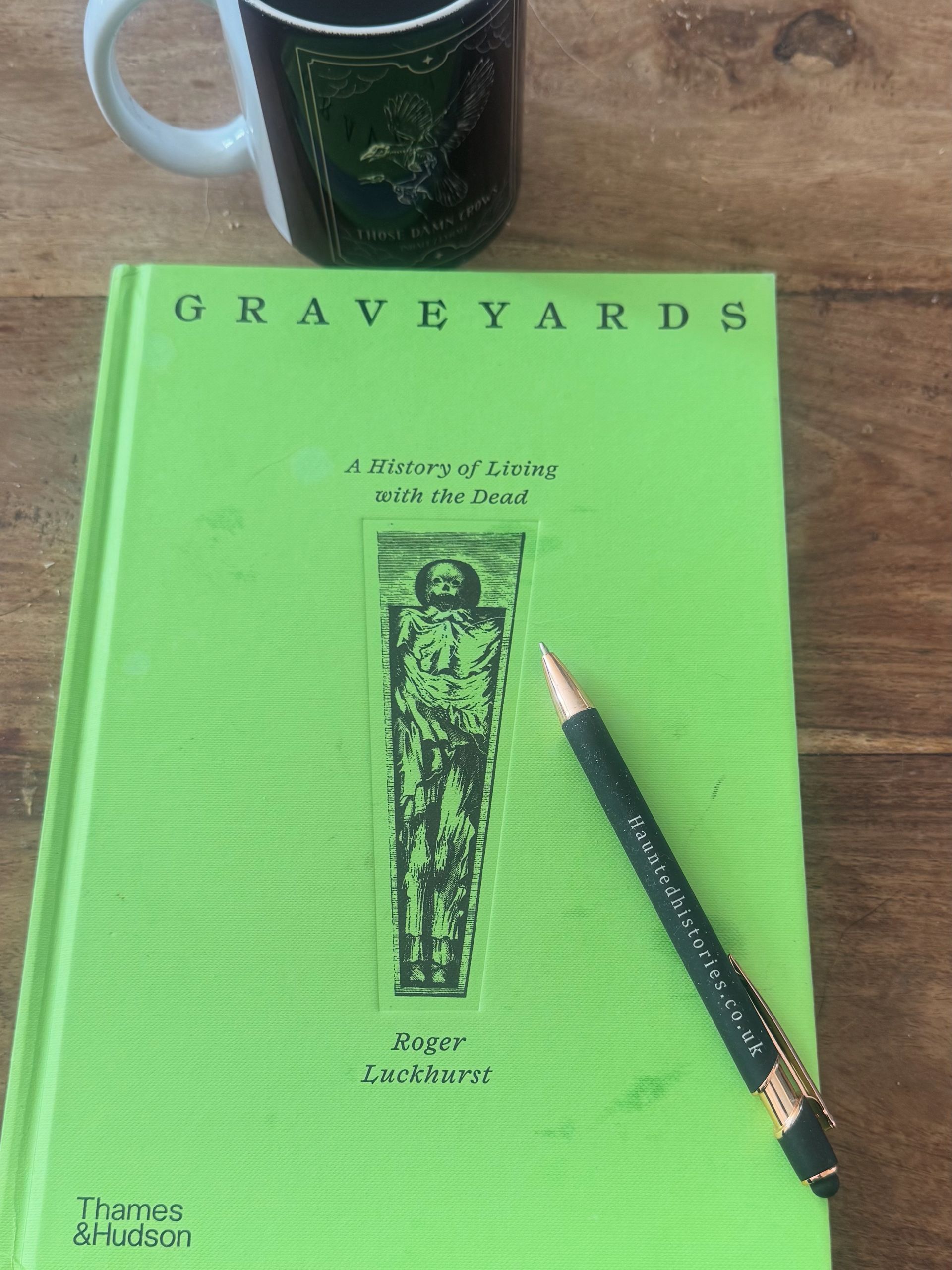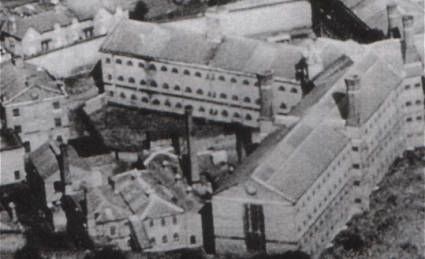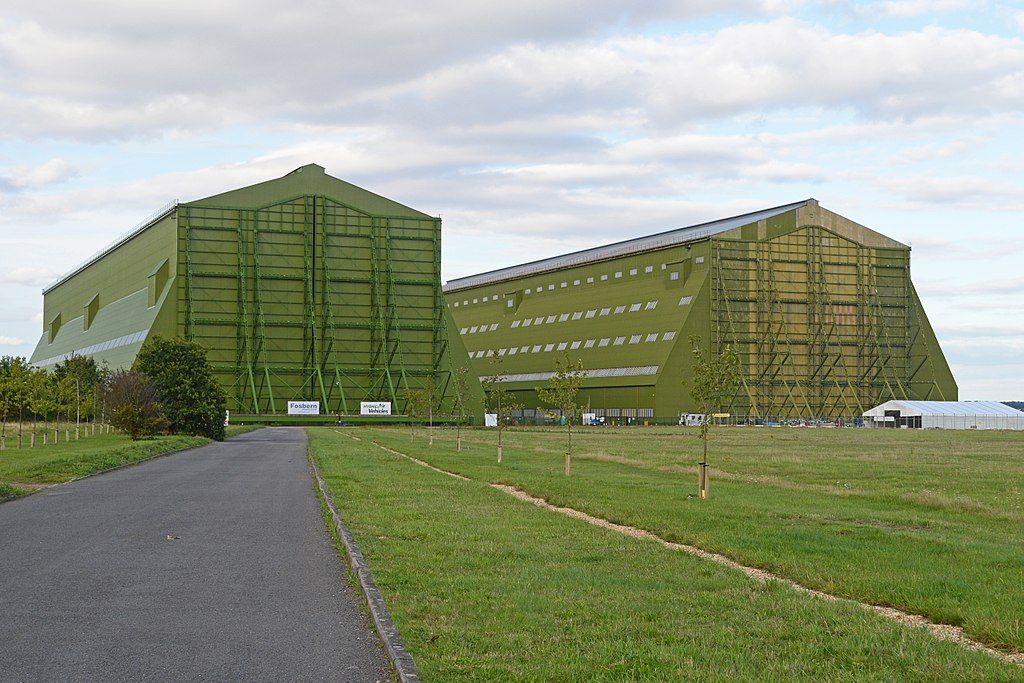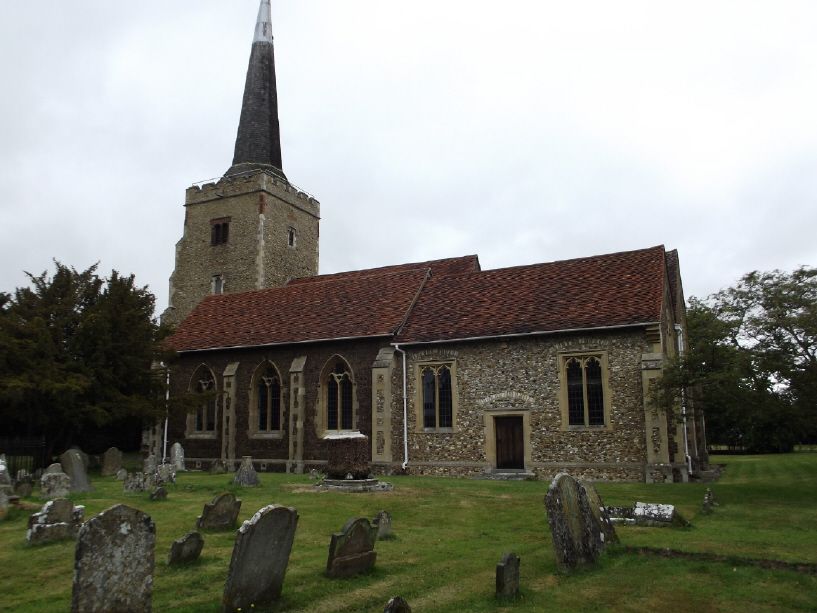The Lamb Inn
A wolf in sheep's clothing?
They call me the Holy Lamb, Rat & Parrot, Henry’s….that’s not my name, that’s not my name, that’s not my – oh you get the picture!
This is all about the Lamb Inn, of Orford Place in Norwich, a pub that I have personal “knowledge” of, although I have never been inside, more of that shortly.
The history of this hostelry is quite fascinating, and their website boasts at least three ghosts (hey! I’m a poet…) , although sadly they do not go into any detail on them apart from one for whom I have done a little bit of research. With the weird addiction business owners seem to have of renaming places to try and change up their clientele, my guess is that some of the former drinkers are not happy with their pub being called the Rat & Parrot or Henry’s.
When I was a teenager living in Norwich, I used to have a part time job at a Newsagent’s in the city centre, and our staff room overlooked the courtyard of the Lamb Inn. The pub was well known for being incredibly strict on checking ID, so I never ventured into the main bar (hence my comment above), but on a nice summer’s day, I would go into the outdoor seating area as they had a tendency to have bands playing on a regular basis on a Saturday midday.
So, why would this place be haunted? It is believed to date back to the 12th Century as The Holy Lamb and had parts built from stone taken from derelict churches, fast forward to the late 16th century and it became an “inn” and was renamed The Lamb. It has weathered both multiple fire and floods, with a newspaper article from January 1939 telling how the landlady’s grandson dropped from a twelve foot high window in order to call the fire services when he realised the pub was aflame.
The saddest (and also most interesting story) is that of John Aggas, one of the previous residents who is believed to still reside there. In November 1787, he got into a disagreement with his brother in law, Timothy Hardy (who was from nearby Newton Flotman). Many modern on line reports say that Hardy was fighting with his wife, something that was a regular occurrence apparently, however, a newspaper article from the time say that it was Aggas’ wife who he was arguing with, and that John stepped in to calm the situation down, it was at this point feigning acceptance that Hardy plunged a knife into the fifty one year old father of one, with the injured man dying nearly twenty four hours later.
What had prompted Hardy to do it? that seemed to be a question that the news reporters of the time asked also, and one commented that “we are sorry to find that neither intoxication or insanity can be offered in extenuation of this deed”. So, in other words, he was stone cold sober and of sound mind when he plunged the blade into this brother in law’s torso.
The next article I find is advising that Hardy would be tried on 25th July 1788, and as the legal system moved incredibly quickly back in the 18th century, he was executed in the grounds of Norwich Castles ditches the following day, 26th July 1788. His body was then cut down from the scaffold and used for analysis and dissection, something which the sentencing judge would have ruled in accordance with the 1752 Murder Act.
Weirdly all the reports I could find of John’s ghost is of how affable he is, and how he frequently watches people drinking with a friendly smile on his face, he sounds like he would have been a fabulous Landlord.
